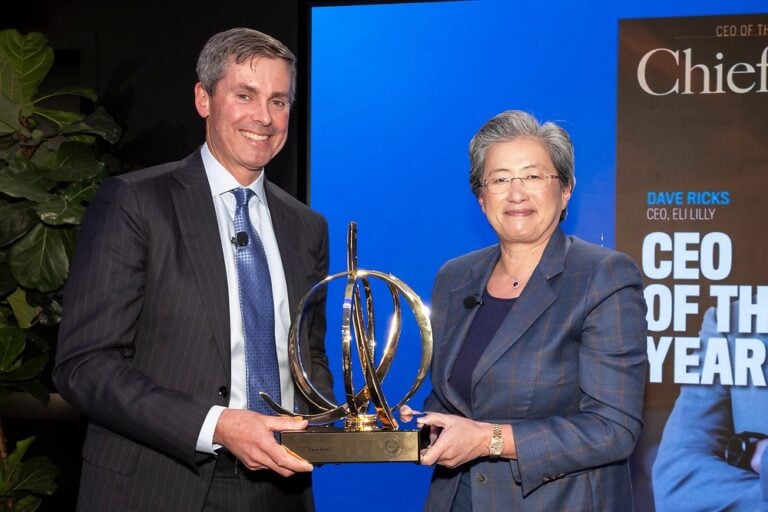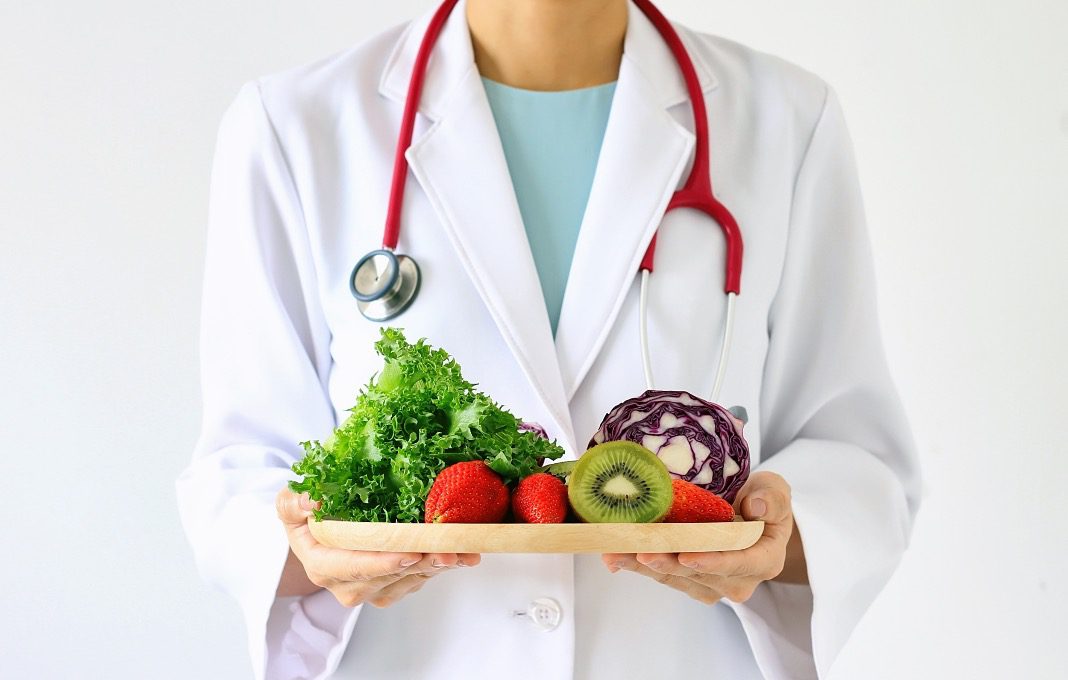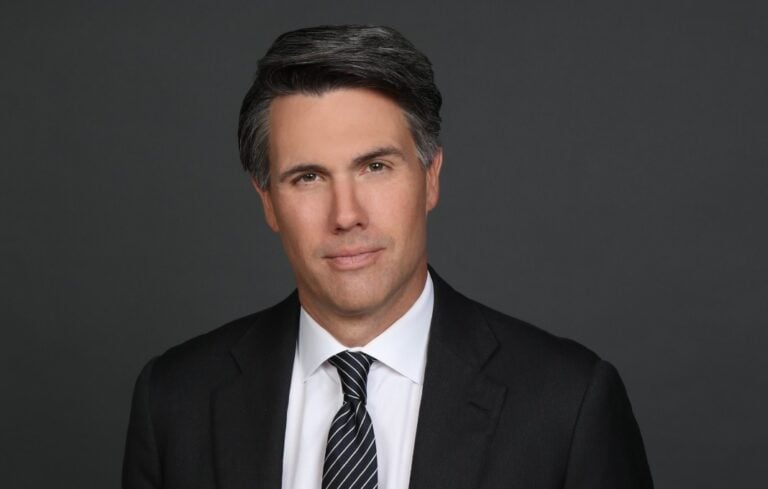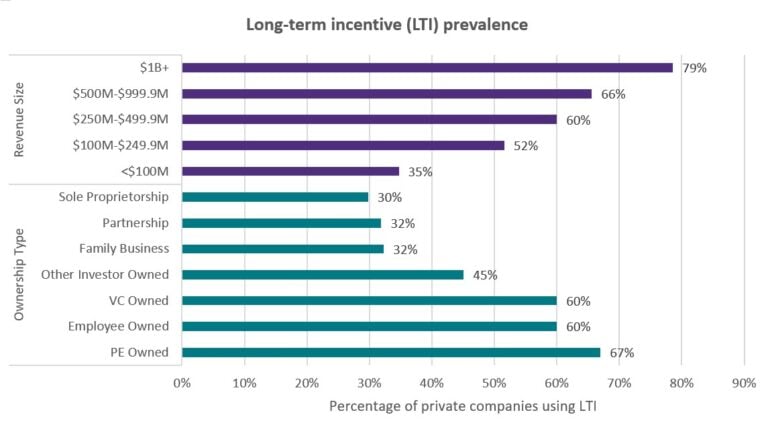


The food as medicine movement is evolving fast, driven by exploding funding, new technologies and solutions, and mass experimentation. In just a few years, the movement has gone from wind in the face to wind in the sails. However, to sustain progress senior executives in the movement need to shift from being fixated on quick-fix interventions to becoming obsessed with outcomes, recognizing that funding and technologies are merely the building blocks of change. Delivering the promise of food as medicine requires five principles of change and will demand a new kind of cross sector collaboration as well as new expectations of senior executives in health and food.
Public sector funding is accelerating, with Medicaid coverage of healthy food, large demonstration pilots enabled through Section 1115 waivers, Medicare Advantage healthy food benefits, the Gus Schumacher Nutrition Incentive Program (GusNIP) and more. In the private sector, Tyson, Danone and Novo Nordisk and others made big commitments at the 2022 White House Conference on Hunger, Nutrition, and Health. Rockefeller and American Heart Association launched $250 million food as medicine initiative, atop other nutrition incentive programs. Billions in new funding are pouring in from these and other programs, but it’s worth noting that funding is not permanent: regulations can change, pilots will come to an end, and donors need to be re-sold.
Technology and business model innovation is on the rise, as well, driving new approaches beyond medically tailored meals and produce prescriptions. Food as medicine solution providers like Diet ID, Season Health and Fresh Connect are bridging dietary assessment, coaching and meal planning to consumer decision making, and now creating end-to-end benefit programs that incorporate payments. E-commerce providers like Instacart Health are connecting food plans with online purchase and distribution through Care Carts and Fresh Funds. B2B solution providers like Sifter and FinTech providers like FIS and InComm are looking to power up traditional grocery retail purchases through product data intelligence, approved product lists (“APLs”) which are algorithms driving what should be paid for (e.g., “bananas, not booze”), as well as filtered spend, which handles real-time UPC-level funding. Benefit aggregators like Solutran S3 are seeking to integrate these capabilities into increasingly smart payment cards. Hundreds of solutions are emerging, each seeking to address a piece of the puzzle, each with the potential to transform an aspect of a consumer’s health journey.
We should celebrate all these developments but see them as tools in the tool bag of innovators. Leveraging these and others to deliver sustainable outcomes will require focus on five core principles.
1. Get beyond the meal, beyond the box. Getting to outcomes requires meeting people where they are and influencing their everyday choices and nudging them toward more sustainable change. Sending them a medically tailored meal or produce prescription isn’t sufficient if they’re filling the rest of their basket with chips and sodas. Program funders need to bring a whole customer, whole basket and whole store view to bear. Grocery retailers (both traditional and online) must have a seat at the table and involved early in the design.
2. Connect healthcare with food care. Consumers with poor diets become costly patients, but the health and food ecosystems rarely collaborate in any meaningful ways. Continuity of care is needed, and program funders need to think carefully about how to design and optimize food programs for the health needs and outcomes they are looking to deliver and align APLs and incentives accordingly. Filtered spend, APLs and digital payments are only the starting point.
3. Involve the cost owners. Program sponsors need to follow the money but focus needs to be on the cost-owners of health. Government has a role to play, but employers – especially those that are self-insured – should be playing a much bigger role in the food as medicine movement as they often own the direct and indirect cost of poor health, have influence with employees, influence health plan design, and often play vital roles in their communities. They can also catalyze population-level impact.
4. Leverage data in new ways. With a solid base of generalized research, and emerging outcomes data from programs like Geisinger’s Fresh Food Farmacy, players now need to build a stronger base of engagement data – whether and how often consumers are engaging, what factors are motivating them and what food programs are motivating action and behavior change. Deeper data is also needed to help spotlight socially vulnerable populations and inform program design and evaluation. Solutions from firms like Socially Determined can help, but the stakeholders involved in food as medicine programs will need to overcome siloed data environments, data quality issues and data sharing.
5. Make consumers the first mile of innovation, not the last mile of distribution. Healthcare and food leaders both talk about consumers as the last mile of distribution. This is wrong-headed. Consumers should be seen as the first mile of innovation. This means empowering consumers with education, coaching, nudging and skill-building that leads to healthier eating. It also means fixing the experience where it matters most: at the point of distribution and purchase. Many retailers are woefully behind in upgrading their IT systems to handle item-level filtered spend, creating denial of payment and processing errors with healthy food incentives, and leading to a loss of dignity and erosion of trust.
The heart of the challenge for the food as medicine movement is that it exists in a disconnected ecosystem with misaligned incentives. The stakeholders involved operate in silos, have their own taxonomy and are driven by different motivations and expectations. Achieving strategic alignment requires building shared understanding, shared purpose, and shared vision for success. Doing this well often requires new mindsets, new capabilities, new approaches to partnering, and even new business models. None of this comes naturally for organizations.
Senior executives who want to win in the food as medicine movement need to give their teams the permission to challenge conventional assumptions about the business and explore, pilot and test new approaches. They also need to resist the urge to apply the same expectations for returns as they do with the core business, or stack-rank food as medicine projects with other core business investments. (History tell us that violating this rule is a sure-fire way to kill new innovation).
Finally, they need to dedicate resources and team members to create business cases around new solutions, forge new partnerships, and drive more open, collaborative multi-stakeholder innovation approaches. Kroger Health and Instacart Health provide great examples of organizations applying these principles to build early momentum, evolve their business models in powerful ways. Others would do well to follow suit.
Failure to embrace these principles and actions can lead to food as medicine projects turning into an “island of misfit toys” within organizations and jeopardize momentum – not only within individual organizations but collectively within the movement.
We have real challenges to solve if we want to maintain the momentum we’re currently experiencing. More importantly, we also have lives we need to impact for the better. That is, after all, the point of the food as medicine movement. Let’s not squander this opportunity.



0

1:00 - 5:00 pm
Over 70% of Executives Surveyed Agree: Many Strategic Planning Efforts Lack Systematic Approach Tips for Enhancing Your Strategic Planning Process
Executives expressed frustration with their current strategic planning process. Issues include:
Steve Rutan and Denise Harrison have put together an afternoon workshop that will provide the tools you need to address these concerns. They have worked with hundreds of executives to develop a systematic approach that will enable your team to make better decisions during strategic planning. Steve and Denise will walk you through exercises for prioritizing your lists and steps that will reset and reinvigorate your process. This will be a hands-on workshop that will enable you to think about your business as you use the tools that are being presented. If you are ready for a Strategic Planning tune-up, select this workshop in your registration form. The additional fee of $695 will be added to your total.

2:00 - 5:00 pm
Female leaders face the same issues all leaders do, but they often face additional challenges too. In this peer session, we will facilitate a discussion of best practices and how to overcome common barriers to help women leaders be more effective within and outside their organizations.
Limited space available.

10:30 - 5:00 pm
General’s Retreat at Hermitage Golf Course
Sponsored by UBS
General’s Retreat, built in 1986 with architect Gary Roger Baird, has been voted the “Best Golf Course in Nashville” and is a “must play” when visiting the Nashville, Tennessee area. With the beautiful setting along the Cumberland River, golfers of all capabilities will thoroughly enjoy the golf, scenery and hospitality.
The golf outing fee includes transportation to and from the hotel, greens/cart fees, use of practice facilities, and boxed lunch. The bus will leave the hotel at 10:30 am for a noon shotgun start and return to the hotel after the cocktail reception following the completion of the round.